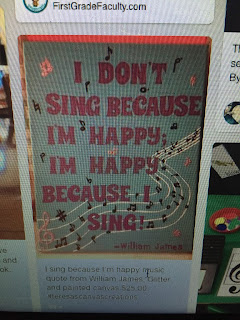Books for resilience
A Big Hug Book (Call number: 152.4 INN) – This series deals with emotive issues that children face in direct an gentle terms, allowing children’s feeling and problems to be more easily shared and discussed with family and friends.
- The Playground is like the Jungle
- Worries are like Cloud
- You are like you
- Friendship is like a Seesaw
- The Internet is like a Puddle
- A Family is like a Cake
Dinosaurs have feelings too (152.4 MOS)- This series of books looks at emotions and how to deal with difficult feelings. They are funny, light-hearted books that you’ll want to read again and again.
- Anna Angrysaurus
- Sophie Shyosaurus
- Samuel Scaredosaurus
- Jamal Jealousaurus
Behaviour Matters (152.4 GRA)- The Behaviour Matters series has been developed to provide a starting point for further discussion on children’s behaviour both in relation to themselves and others. The series is set in the jungle with animal characters reflecting typical behaviour traits often seen in young children.
- Monkey needs to listen: A book about paying attention
- Tiger has a Tantrum: A book about feeling angry
- Giraffe is left out: A book about feeling bullied
- Hippo owns up: A book about telling the truth
Why should I? (158.2LLE) – Part of a child’s development is asking questions and learning about themselves. With amusing pictures and simple text, this book shows why it is important to help around the home and at school. These books contain notes for parents and teachers to help them use these books most effectively.
- Why should I help?
- Why should I listen
Feelings Series (152.48 MOR) – Each of these feelings books have been carefully designed to help children better understanding their feelings, and in doing so, gain greater autonomy (freedom) over their lives. Talking about feelings teaches children that it is normal to feel sad, or angry or scared at times. With greater tolerance of painful feelings, children become free to enjoy their world, to feel secure in their abilities and to be happy.
- When I’m feeling scared
- When I’m feeling kind
- When I’m feeling jealous
- When I’m feeling lonely
- When I’m feeling sad
- When I’m feeling happy
- When I’m feeling angry
Laugh-Along Lessons (152.4 LES)
The Short and Incredibly Happy Life of Riley (JF T)-
Humans live for quite a long time and for a lot that time we are not happy. We want to be taller, shorter, fatter, thinner, older and younger. We want our straight hair to be curly, our curly hair to be straight and our brown eyes to be blue. We hate our parents, children, teachers, students and everybody. We want to be somewhere else with someone else, eating something else and wearing something fantastic no one else can afford and we want to splash them as we drive by in our big red car. Rats live for quite a long time and for most of that time they are very, very happy…
















